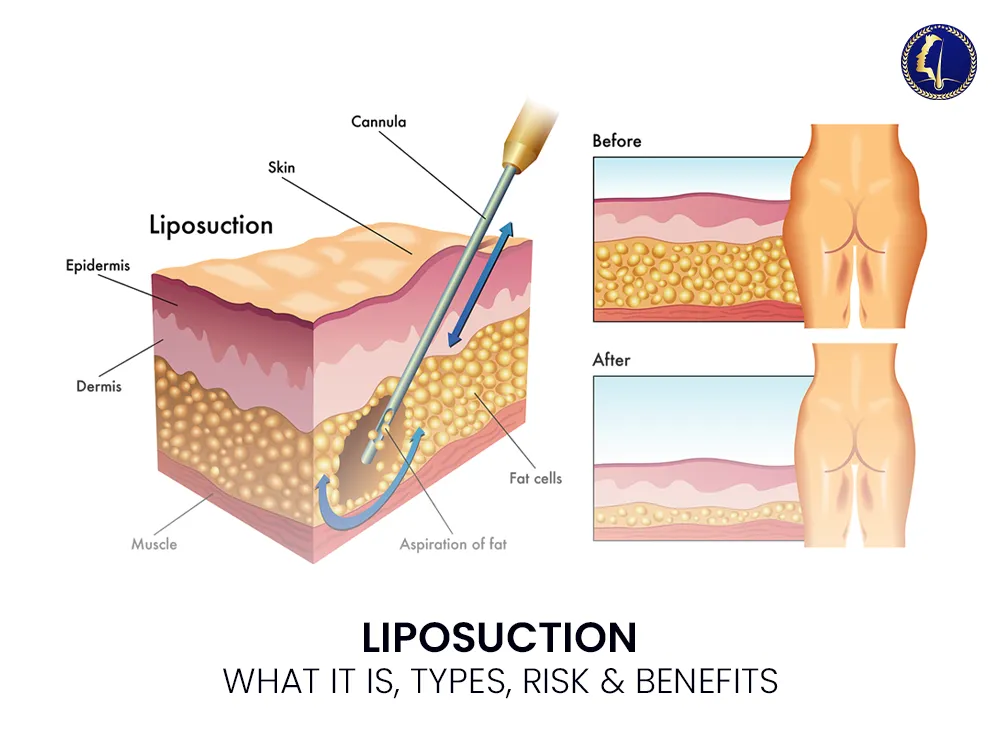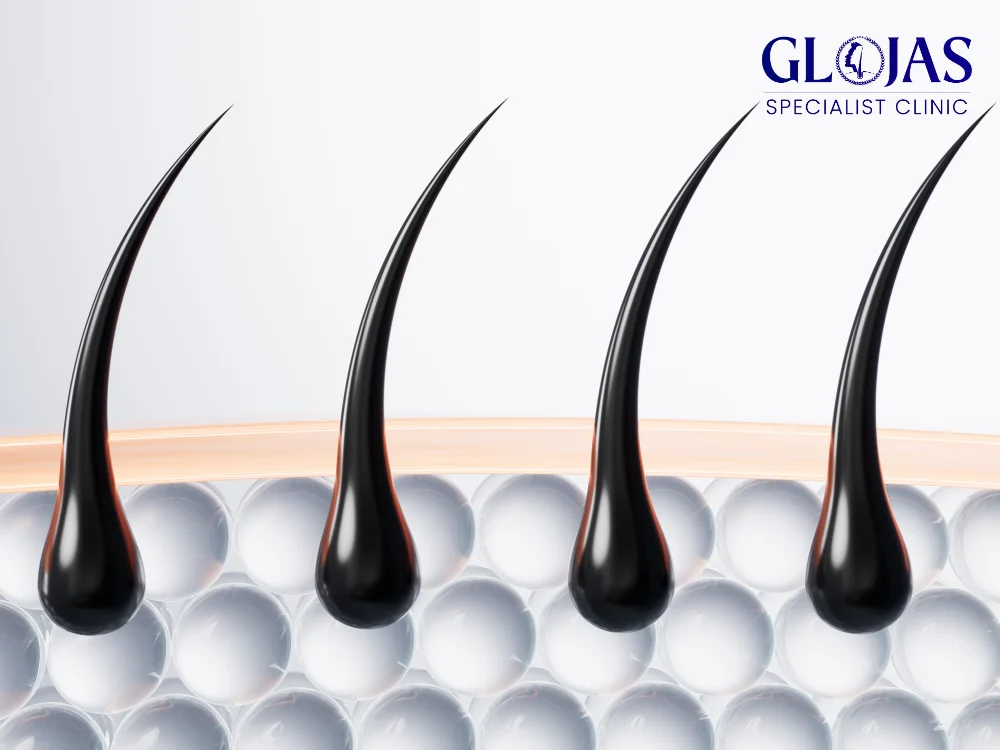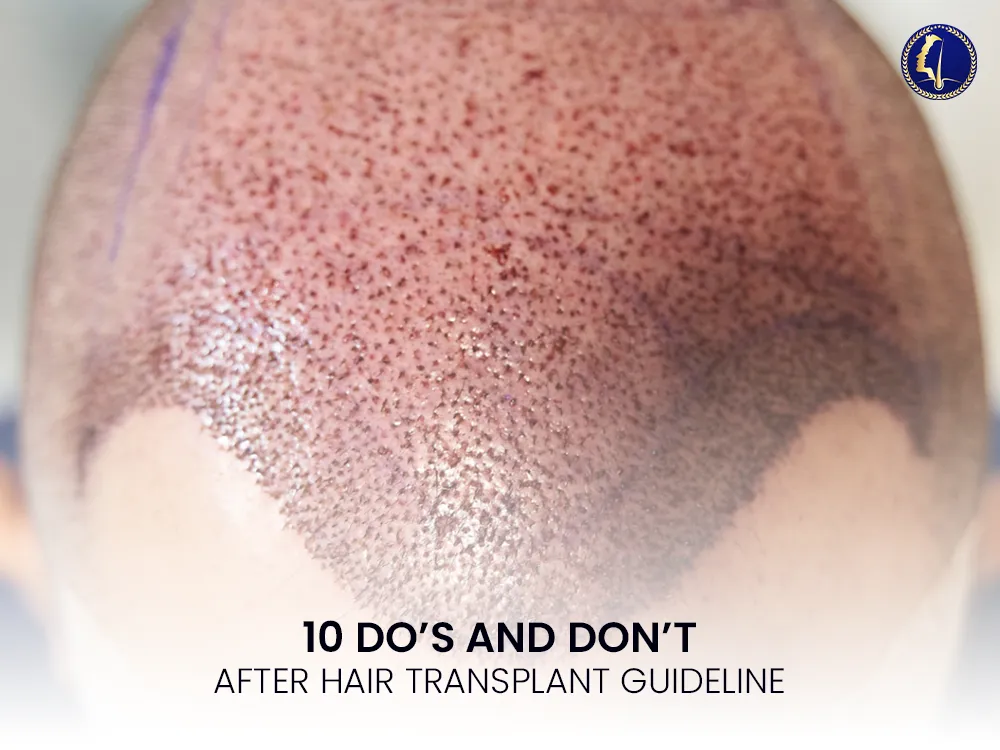What is Liposuction?

Liposuction Liposuction, also known as lipoplasty, liposculpture, or simply “lipo,” is a cosmetic surgical procedure that removes excess fat deposits from specific areas of the body. It is commonly performed to contour and reshape body areas resistant to diet and exercise. While it is not a weight-loss method, liposuction can enhance body proportions and improve overall aesthetics. How Liposuction Works Liposuction involves the use of a thin, hollow tube called a cannula, which is inserted through small incisions in the skin. The surgeon uses suction to remove fat cells, sculpting the targeted area. Various techniques are used to optimize results, minimize recovery time, and reduce risks. Types of Liposuction Techniques Tumescent Liposuction – The most common method, involving the injection of a saline solution containing anesthetic and epinephrine to reduce bleeding and swelling before fat removal. Ultrasound-Assisted Liposuction (UAL) – Uses ultrasonic waves to liquefy fat before removal, making it easier to extract, especially in fibrous areas. Laser-Assisted Liposuction (LAL) – Employs laser energy to break down fat cells, leading to smoother results and skin tightening benefits. Power-Assisted Liposuction (PAL) – Utilizes a mechanized cannula to facilitate fat removal with less effort and increased precision. VASER Liposuction – A minimally invasive technique using ultrasound technology to target and emulsify fat cells while preserving surrounding tissues. Areas Commonly Treated with Liposuction Abdomen and waist Thighs and hips Arms and back Buttocks Chin and neck Calves and ankles Benefits of Liposuction Enhanced body contours and proportions Permanent fat removal (if a stable weight is maintained) Boost in self-confidence and body image Can treat lipomas (benign fatty tumors) and gynecomastia (excess male breast tissue) Risks and Considerations Although liposuction is generally safe when performed by a qualified surgeon, potential risks include: Infection Bruising and swelling Irregular contours or asymmetry Loose skin or scarring Numbness or nerve damage Fluid accumulation (seromas) A thorough consultation with a board-certified plastic surgeon is crucial to determine eligibility, discuss expectations, and assess possible complications. Liposuction Recovery and Aftercare Recovery varies based on the extent of the procedure and individual healing responses. Most patients experience swelling, bruising, and mild discomfort, which can be managed with pain medication and compression garments. Light activity is encouraged, but strenuous exercise should be avoided for at least 4-6 weeks. 5 Frequently Asked Questions (FAQs) About Liposuction 1. Who is a good candidate for liposuction? Liposuction is best suited for individuals who are close to their ideal weight but struggle with localized fat deposits. Good skin elasticity and overall health are also important factors for successful results. 2. How much fat can be removed with liposuction? The amount of fat removed depends on body type and safety considerations. Typically, surgeons remove 2-5 liters of fat per session. Removing excessive amounts can increase risks and lead to complications. 3. Will liposuction help with weight loss? No, liposuction is not a weight-loss procedure. It is designed for body contouring rather than significant weight reduction. Patients are encouraged to maintain a healthy lifestyle post-surgery. 4. Are the results of liposuction permanent? Fat cells removed during liposuction do not regenerate; however, remaining fat cells can expand with weight gain. A stable weight and a balanced diet are key to maintaining long-term results. 5. What is the difference between liposuction and a tummy tuck? Liposuction removes fat, while a tummy tuck (abdominoplasty) removes excess skin and tightens abdominal muscles. Patients with loose skin or significant sagging may benefit more from a tummy tuck combined with liposuction. Conclusion Liposuction is an effective procedure for body contouring, offering long-lasting results for those who maintain a healthy lifestyle. Consulting a qualified plastic surgeon ensures the best approach tailored to individual needs and goals. If you’re considering liposuction, research thoroughly and prioritize safety for a successful and satisfying outcome.
Truth About Hair Graft Costs: How Much Should You Really Pay?

When considering a hair transplant, one of the first questions that come to mind is, “How much will it cost?” Understanding hair graft cost is crucial for those looking to restore their hair and regain confidence. In this comprehensive guide, we will delve into the factors influencing the price of hair grafts, provide insight into different pricing structures, and help you get a clearer picture of what to expect when planning your hair transplant journey. Masriani shared her experience after undergoing a hair transplant procedure at GLOJAS Specialist Clinic. In this video, Masriani will show the results of her hair after 3 months of treatment. She will also talk about the treatment process, her experience at the clinic, and the changes she noticed in her hair. What is a Hair Graft? Before diving into the hair graft cost, it’s essential to understand what a hair graft is. A hair graft refers to a small piece of tissue containing hair follicles that is transplanted from one part of the scalp (the donor area) to the balding or thinning area (the recipient site). The number of grafts you need will depend on the extent of your hair loss and the coverage you’re aiming for. Each graft typically contains 1 to 4 hair follicles, and the number of grafts required for a transplant varies widely, from a few hundred to several thousand. This variation plays a significant role in determining the hair graft cost. Factors Influencing Hair Graft Costs 1. Number of Grafts Needed The total hair graft cost largely depends on how many grafts are required for the transplant. Patients with mild hair thinning might need only 500 to 1,000 grafts, whereas those with advanced hair loss might need over 3,000 grafts. The more grafts you need, the higher the overall cost will be. 2. Geographic Location The location of the clinic can significantly impact the hair graft cost. For instance, hair transplants in major cities or countries with a higher cost of living will generally be more expensive. In contrast, clinics in countries like Turkey or India often offer more affordable procedures without compromising on quality. 3. Clinic Reputation and Surgeon Expertise Highly experienced surgeons with a strong track record of successful transplants tend to charge higher fees. The clinic’s reputation, the experience of the surgical team, and the quality of care you receive all play roles in determining the hair graft cost. 4. Hair Transplant Method (FUE vs. FUT) The technique used for hair transplantation also affects the hair graft cost. The two primary methods are: Follicular Unit Extraction (FUE): This method involves extracting individual hair follicles from the donor area and transplanting them into the recipient area. FUE is more labor-intensive and time-consuming, which usually makes it more expensive. Follicular Unit Transplantation (FUT): In this method, a strip of tissue is removed from the donor area, and the hair follicles are harvested from this strip. FUT tends to be less expensive than FUE because it’s quicker and requires less precision. 5. Additional Services and Post-Op Care Some clinics offer a full-service package that includes consultation, aftercare, medications, and follow-up appointments. These additional services can increase the overall hair graft cost, but they also provide peace of mind and ensure proper healing after the procedure. How Much Does a Hair Graft Typically Cost? Now that we’ve discussed the factors affecting the hair graft cost, let’s look at the average pricing. On average, clinics charge between $3 to $8 per graft. This means: For 1,000 grafts, you could expect to pay between $3,000 to $8,000. For 3,000 grafts, the cost could range from $9,000 to $24,000. These figures vary based on the factors mentioned earlier, and many clinics offer financing options to make the cost more manageable. Hair Graft Cost Around the World Let’s take a quick look at how much hair grafts typically cost in different regions: United States: $4 to $8 per graft Turkey: $1.50 to $3 per graft India: ₹20 to ₹50 per graft Malaysia, Turkey and India are popular destinations for medical tourism due to their affordability and the high quality of care offered. Is the Cost of Hair Grafts Worth It? One of the biggest concerns people have when considering a hair transplant is whether the hair graft cost is worth the investment. The answer largely depends on individual goals and expectations. Long-term Results: Hair transplants are generally permanent solutions for hair loss. Unlike temporary treatments like medications or hairpieces, a successful transplant can provide lasting results, making the cost a long-term investment in your appearance and confidence. Confidence Boost: Many patients report a significant boost in self-esteem and overall quality of life after undergoing a hair transplant. Restoring hair can help regain a more youthful appearance and lead to greater confidence in social and professional settings. Minimally Invasive Procedure: With advances in techniques like FUE, hair transplantation has become a minimally invasive procedure with a relatively quick recovery time, making it a highly convenient option for many people. Hidden Costs to Be Aware Of While the hair graft cost itself is a significant part of your budget, there are other potential expenses to consider: 1. Travel and Accommodation If you’re traveling to another city or country for your procedure, don’t forget to budget for travel and accommodation costs. These can add up quickly, especially if multiple follow-up appointments are necessary. 2. Medications and Aftercare Post-surgery medications, shampoos, and treatments for optimal healing may not always be included in the quoted hair graft cost. Be sure to ask your clinic about any additional charges for post-op care. 3. Revision Procedures While hair transplants have a high success rate, some patients may require follow-up or revision procedures. These are typically charged separately, so it’s important to discuss the possibility of needing additional sessions with your surgeon. FAQ on Hair Graft Cost 1. How many hair grafts do I need? The number of hair grafts required depends on the
Hair Transplant Aftercare: Do’s and Don’ts

hair transplant aftercare Hair transplant aftercare is a significant step toward regaining a fuller head of hair, but ensuring its success requires proper post-operative care. Following the right aftercare routine will help prevent complications, promote healing, and maximize the growth of your newly transplanted hair. In this blog, we will discuss essential do’s and don’ts after a hair transplant, providing expert guidance to help you achieve the best results. Do’s After a Hair Transplant 1. Follow Your Surgeon’s Instructions Your surgeon will provide you with a set of post-operative guidelines, including medications, washing techniques, and sleeping positions. Adhering to these instructions is critical for optimal recovery. 2. Keep Your Scalp Clean Although you should avoid washing your hair immediately after the procedure, you can start gentle washing 48 hours post-surgery using a mild, sulfate-free shampoo. This prevents infections and removes dried blood or crusts. 3. Stay Hydrated Drinking plenty of water aids in faster healing and helps maintain scalp health. Proper hydration promotes nutrient delivery to the transplanted follicles. 4. Sleep in an Elevated Position For the first few nights, sleep with your head elevated at a 30-45 degree angle to reduce swelling. Using multiple pillows or a recliner chair can help. 5. Take Prescribed Medications Doctors often prescribe painkillers, antibiotics, and anti-inflammatory medications to reduce discomfort, prevent infections, and control swelling. Take them as directed. 6. Be Gentle with Your Scalp Avoid touching, scratching, or rubbing your scalp. The newly implanted grafts are delicate and require time to settle. 7. Eat a Nutrient-Rich Diet Foods rich in vitamins A, C, D, E, iron, and biotin promote hair growth and support tissue repair. Include protein-rich foods like eggs, fish, nuts, and leafy greens in your diet. 8. Protect Your Scalp from Sunlight Direct sun exposure can damage sensitive scalp tissue and newly implanted follicles. Wear a loose hat or use an umbrella when stepping outside for the first few weeks. 9. Engage in Light Physical Activity Gentle walking is fine, but avoid strenuous exercises that may lead to excessive sweating, which can increase the risk of infections. 10. Attend Follow-Up Appointments Regular check-ups allow your doctor to monitor your progress and address any complications that may arise. Don’ts After a Hair Transplant 1. Avoid Smoking and Alcohol Consumption Nicotine and alcohol hinder blood circulation and slow the healing process, potentially affecting graft survival. It’s best to avoid them for at least two weeks. 2. Do Not Scratch or Pick at Your Scalp Itchiness is common, but scratching can dislodge grafts and lead to infections. If irritation persists, consult your surgeon. 3. Refrain from Intense Exercise High-intensity workouts, weightlifting, and running should be avoided for at least two weeks. Sweat can lead to bacterial growth and disturb healing follicles. 4. Avoid Direct Sun Exposure Sunburn can severely damage newly transplanted hair follicles. Stay out of the sun for at least four weeks or wear protective headgear. 5. Don’t Wash Your Hair Too Soon Washing your hair within the first 48 hours can disturb the grafts. Always follow your surgeon’s timeline for shampooing. 6. Stay Away from Chemical Hair Products Hair gels, sprays, dyes, and harsh shampoos should be avoided for at least a month. Opt for mild, doctor-recommended hair care products. 7. Do Not Rub Your Head with a Towel Instead of rubbing, gently pat your scalp dry with a soft towel or allow it to air dry to avoid damaging the grafts. 8. Avoid Wearing Tight Hats or Helmets Wearing tight-fitting headgear can put pressure on the grafts, causing them to shift or fall out. Opt for loose caps when necessary. 9. Refrain from Swimming Chlorine in swimming pools and bacteria in natural water bodies can cause infections. Avoid swimming for at least four weeks post-surgery. 10. Don’t Stress Stress can contribute to hair loss and slow recovery. Engage in relaxation techniques such as meditation and breathing exercises to stay calm during the healing phase. FAQs About Hair Transplant Aftercare 1. When Can I Resume Normal Activities? Light activities can be resumed within a few days, but strenuous physical exertion should be avoided for at least two weeks. Your doctor will provide specific timelines based on your case. 2. How Long Does It Take for Hair to Grow After a Transplant? Initial shedding occurs within 2-4 weeks, which is normal. New hair growth typically starts in 3-4 months, with significant improvement seen after 6-12 months. 3. Can I Use Hair Oil After a Hair Transplant? Oils should be avoided for the first month, as they may clog hair follicles and interfere with healing. After that, consult your doctor for recommendations on suitable hair oils. 4. Is It Normal to Experience Swelling and Redness? Yes, mild swelling and redness are common and usually subside within a few days. Using prescribed anti-inflammatory medication and sleeping with an elevated head position can help reduce these symptoms. 5. What Should I Do If I Notice Excessive Hair Shedding? Shedding of transplanted hair (shock loss) is normal in the first few weeks. However, if shedding persists beyond three months, consult your doctor to rule out underlying issues. Conclusion Following the right post-hair transplant care is crucial for achieving optimal results. By adhering to these do’s and don’ts, you can ensure a smooth recovery process and improve the chances of successful hair growth. Always consult your surgeon for any concerns or doubts during your healing journey. Hair transplant aftercare is crucial for a successful recovery, as it directly impacts the overall results of the procedure. Proper hair transplant aftercare includes gentle cleaning of the scalp and following all instructions provided by your surgeon to avoid infection. Post-hair transplant aftercare involves avoiding direct sunlight and heavy physical activity for the first few weeks to ensure the grafts settle properly. Medications play a key role in hair transplant aftercare, helping to reduce swelling and prevent infections. Adequate hair transplant aftercare also includes sleeping with your head elevated to reduce swelling and protect the transplanted area. As part






